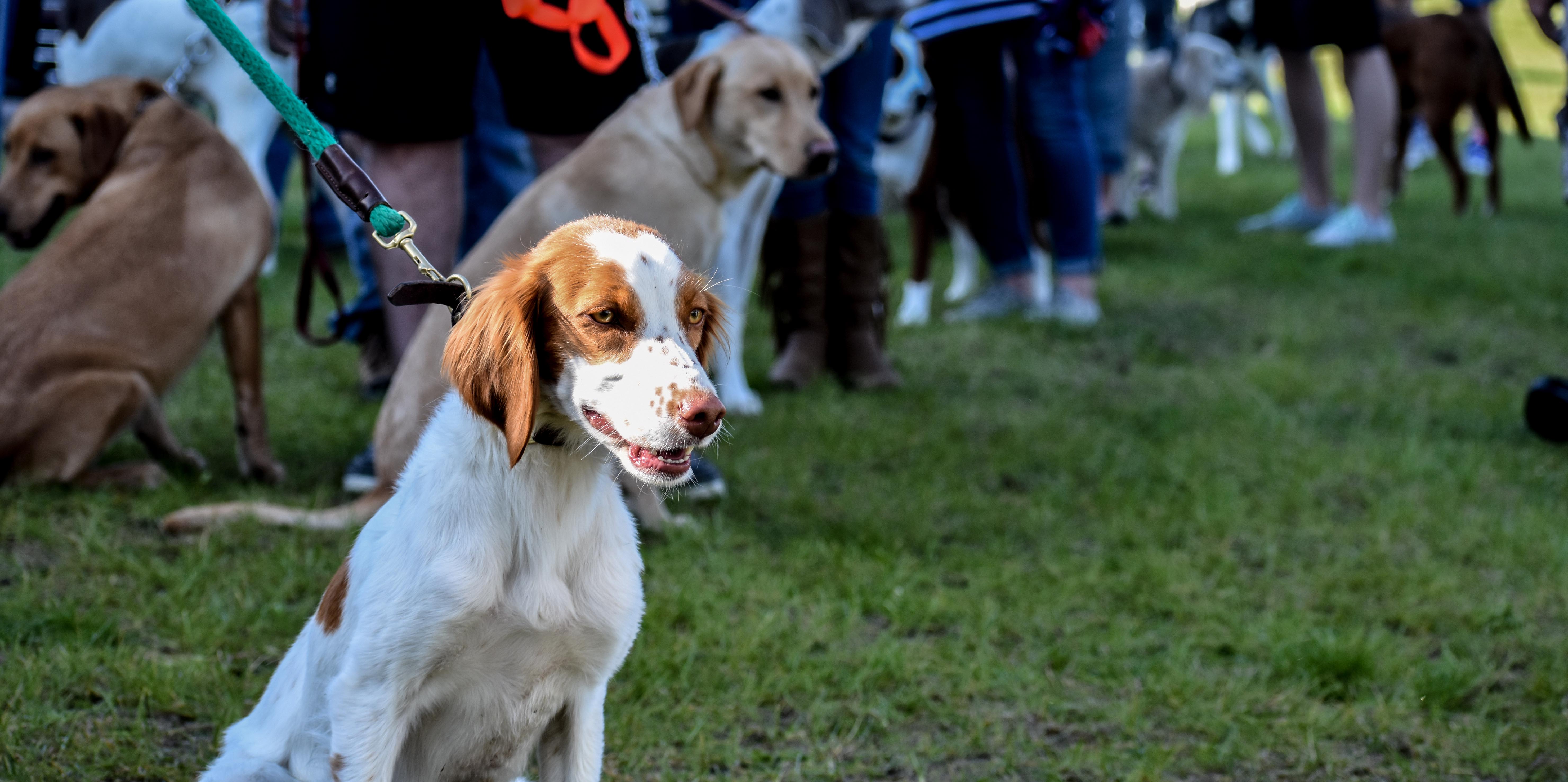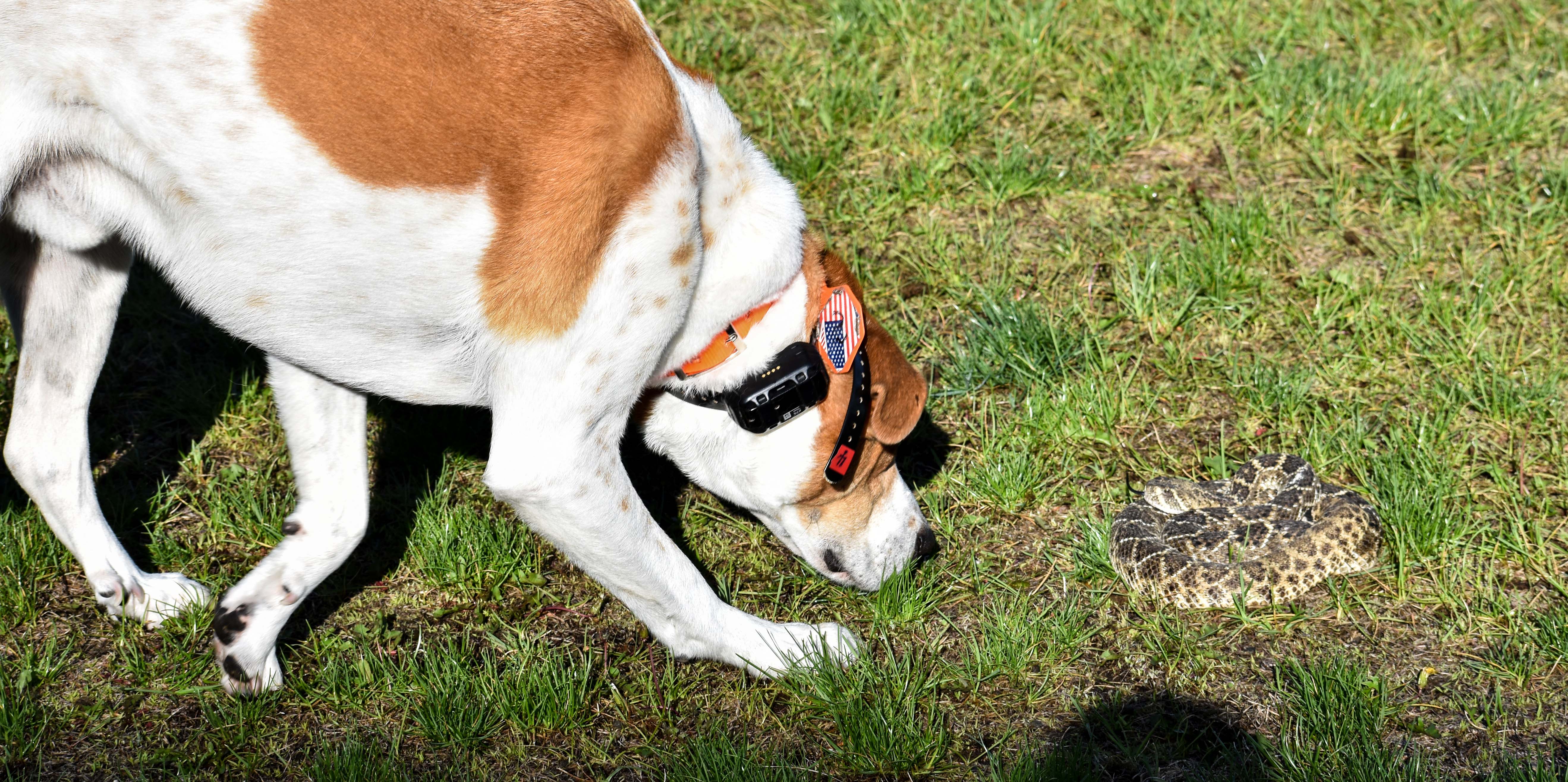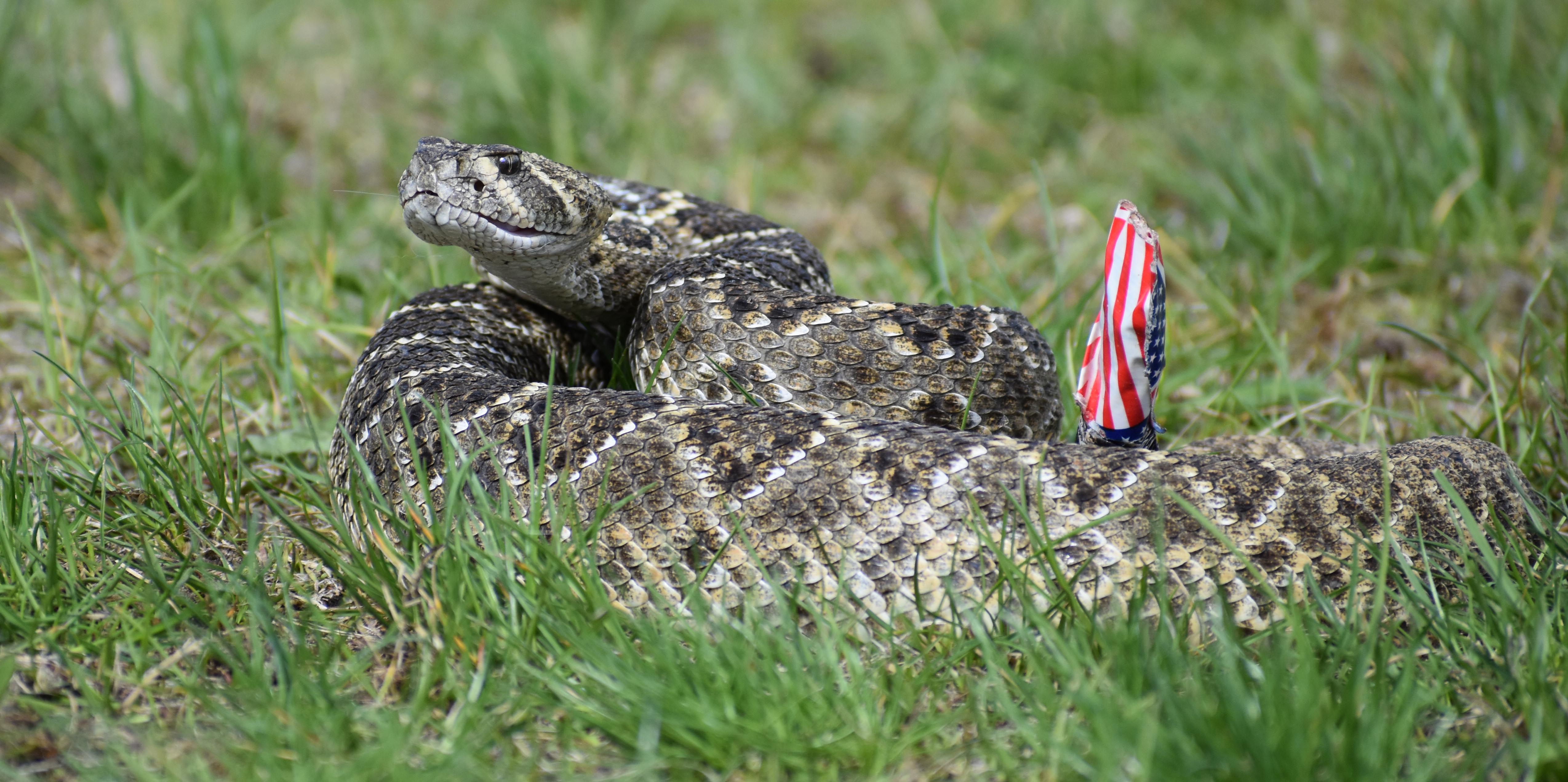What is Snake Avoidance Training?
Written by Anthony Ferro of Fetching Feathers.
Most of us have heard the saying “The only good snake is a dead snake,” which a large part of me agrees with, though I’d rather just avoid them altogether. Snakes in general have always been affiliated with evil and death, from the well-known biblical references of Adam and Eve to the mythical creatures of the Greeks in Medusa. Snakes have been creating fear in the hearts and minds of people for decades; the same goes for modern day dog owners and gun dog handlers today.
Many Americans reside in snake country; most of the western and southern regions of the U.S. in fact coexist with these serpents daily. Nonetheless, if you’re a weekend warrior and enjoy the outdoor activities of camping, hiking or my personal favorite, Upland Hunting, you are sure to have a run-in with the venomous variety.
 What if I told you there was a training course that lasted 8-10 minutes and would condition your four-legged family member to avoid slithering snakes altogether, would you be interested? Trained from the blue print of Ivan Pavlov’s “Theory of Conditioning,” we can teach dogs how to avoid being bit by conditioning them to the sight, smell and sound of all snakes, both non-venomous as well as the life-threatening venomous varieties.
What if I told you there was a training course that lasted 8-10 minutes and would condition your four-legged family member to avoid slithering snakes altogether, would you be interested? Trained from the blue print of Ivan Pavlov’s “Theory of Conditioning,” we can teach dogs how to avoid being bit by conditioning them to the sight, smell and sound of all snakes, both non-venomous as well as the life-threatening venomous varieties.
It was a warm day in southern Colorado and opening weekend for scaled quail season 2013. The sun was beating on my shoulders and the dogs’ tongues were darn near dragging the desert floor, but my game vest was filling up with feathers and we were doing what we love most. Amongst me and my two German Shorthaired Pointers, Gnarli and Radar, was my good buddy and upland guru Ken and his two GSPs. Roughly two miles from the truck and working cactus bundles for covey rises, I notice my eldest pup stray from his obvious run and outwardly avoid a typical hot spot for a covey, as did two of the three other dogs. Storm, just eight months old and never been snake broke went in nose first. It was that day my heart felt fear for a dog like it have never felt before, and it was that same day I learned the value of a Snake Avoidance Training Course.
 For background sake, all rattlesnakes used for the class are defanged and milked prior to the introduction of dogs. No dogs, snakes or handlers are harmed during the course. The process and the theory is quite simple to grasp. Put your hand in the cookie jar, the hand gets slapped. Repeat a few times and the hand no longer reaches for the jar.
For background sake, all rattlesnakes used for the class are defanged and milked prior to the introduction of dogs. No dogs, snakes or handlers are harmed during the course. The process and the theory is quite simple to grasp. Put your hand in the cookie jar, the hand gets slapped. Repeat a few times and the hand no longer reaches for the jar.
Hosted by Colorado Gun Dog Association out of Denver, Colorado, the class is very organized and typically only takes 8-10 minutes per pet to condition. To achieve the avoidance completion, we use a three snake scenario process. Snake one is a rattlesnake with his rattle taped. We want the dog to focus on sight and scent on the first introduction to a snake. The owner is asked to step away so that the dog isn’t focused on them but the training at hand, as a handler takes the lead and walks to the coiled rattler. As soon as the dog makes eye contact, he follows scent to the snake and in many cases the snake strikes. A second trainer holding the E-Collar remote applies a generous dose of stimulation, at which point we allow the dog to exit as it wishes. This process is repeated as needed, typically two, but no more than three times until the dog takes a very wide path around the snake avoiding it at all costs, both sight and scent. By applying collar pressure with each look or smell of the snake we are applying the Theory of Conditioning to a T. The dog thinks, “Every time I look at, smell, or get close to this thing, it doesn’t feel good,” at which point the dog no longer wants anything to do with the biting “toy” on the ground.
 Once completed, we walk 15-20 yards to a mature rattlesnake without a taped tail. Often times the noise of the rattle is enough to draw the attention of a dog even after stimulation was applied on the previous silent snake. We repeat the same process with the E-Collar until the dog avoids the location the sound is coming from and takes the widest route possible away from the snake. Again, we have now conditioned the dog’s brain that the sight, smell and NOW sound of these creatures is nothing but bad news. Lastly, we bring the owner into the field at the third and final snake of the course. What we ask the owner to call their dog to them but we place the third rattlesnake between the owner and the dog, forcing the dog to run around the snake to get to its owner. If the dog doesn’t run around the snake to get to its owner, collar pressure is repeated. By snake three, most pups have it figured out and take a very obvious path of avoidance to get back to Mom and Dad, completing the course just as expected.
Once completed, we walk 15-20 yards to a mature rattlesnake without a taped tail. Often times the noise of the rattle is enough to draw the attention of a dog even after stimulation was applied on the previous silent snake. We repeat the same process with the E-Collar until the dog avoids the location the sound is coming from and takes the widest route possible away from the snake. Again, we have now conditioned the dog’s brain that the sight, smell and NOW sound of these creatures is nothing but bad news. Lastly, we bring the owner into the field at the third and final snake of the course. What we ask the owner to call their dog to them but we place the third rattlesnake between the owner and the dog, forcing the dog to run around the snake to get to its owner. If the dog doesn’t run around the snake to get to its owner, collar pressure is repeated. By snake three, most pups have it figured out and take a very obvious path of avoidance to get back to Mom and Dad, completing the course just as expected.
In closing, there is a just a few rules of thumb to pay attention to and hopefully will help answer some questions you may have. ANY breed of dog, house or hunting, over 6-months of age can go through the course, though it is suggested to wait until your dog is a year old. Not because they can’t handle the course but solely for the purposes of retention. Young dogs have a tendency to get “squirreled” fairly easy. Secondly, if you are able be sure to complete the course three years in a row, as this will ensure the best odds of snake avoidance retention possible.
Hunt hard, hunt safe and Fetch Feathers.
Anthony Ferro’s passion for the outdoors and the uplands is extraordinary. Be sure to check out his Fetching Feathers website and follow his social media channels on Facebook & Instagram.
The post What is Snake Avoidance Training? appeared first on Garmin Blog.
Sample Block Quote
Praesent vestibulum congue tellus at fringilla. Curabitur vitae semper sem, eu convallis est. Cras felis nunc commodo loremous convallis vitae interdum non nisl. Maecenas ac est sit amet augue pharetra convallis nec danos.
Sample Paragraph Text
Praesent vestibulum congue tellus at fringilla. Curabitur vitae semper sem, eu convallis est. Cras felis nunc commodo eu convallis vitae interdum non nisl. Maecenas ac est sit amet augue pharetra convallis nec danos dui.
Cras suscipit quam et turpis eleifend vitae malesuada magna congue. Damus id ullamcorper neque. Sed vitae mi a mi pretium aliquet ac sed elitos. Pellentesque nulla eros accumsan quis justo at tincidunt lobortis denimes loremous. Suspendisse vestibulum lectus in lectus volutpat, ut dapibus purus pulvinar. Vestibulum sit amet auctor ipsum.

